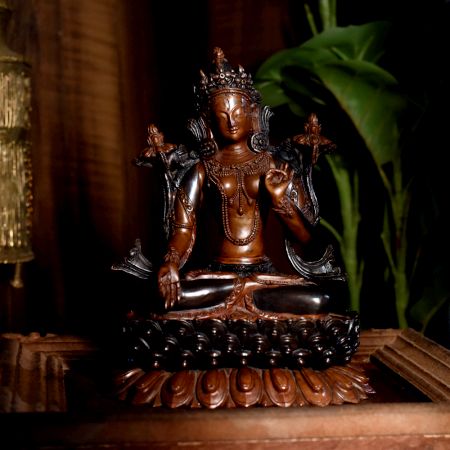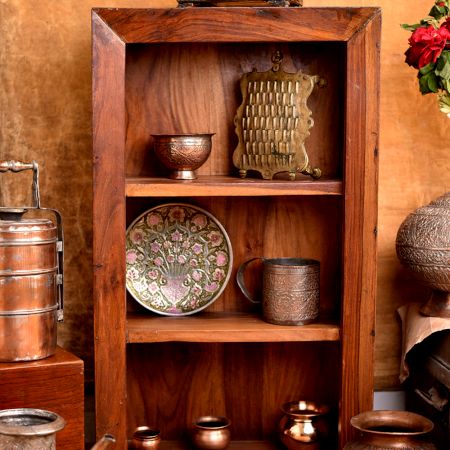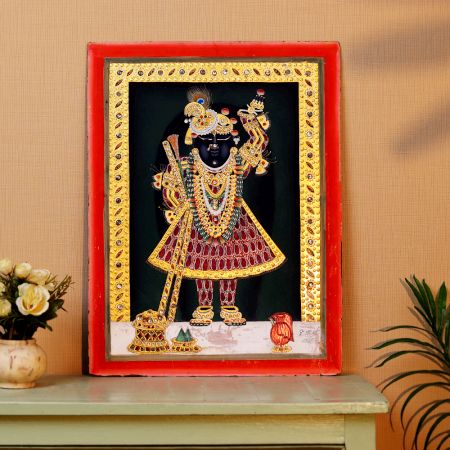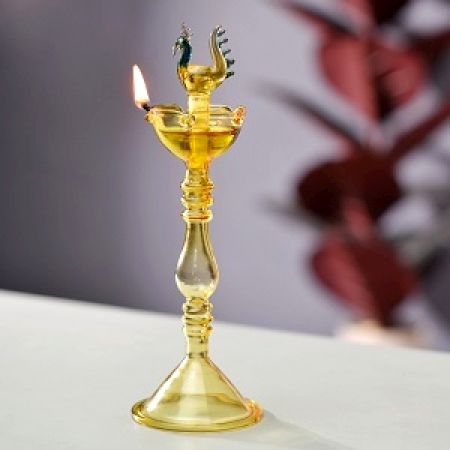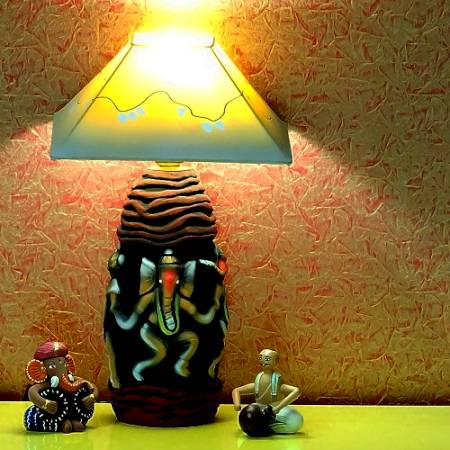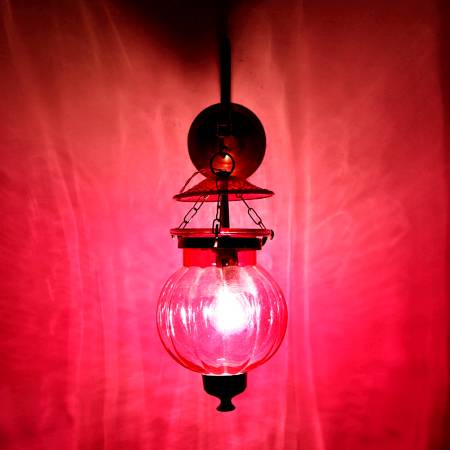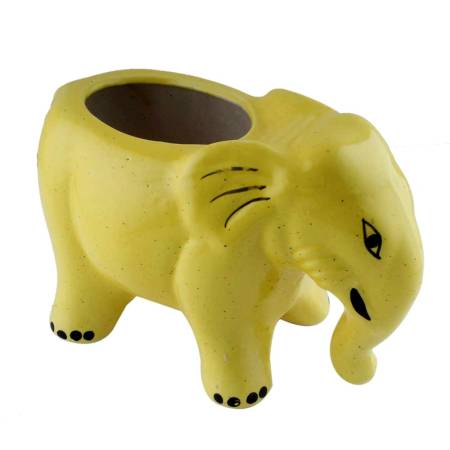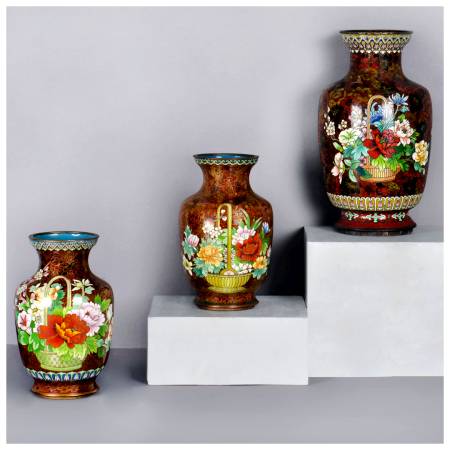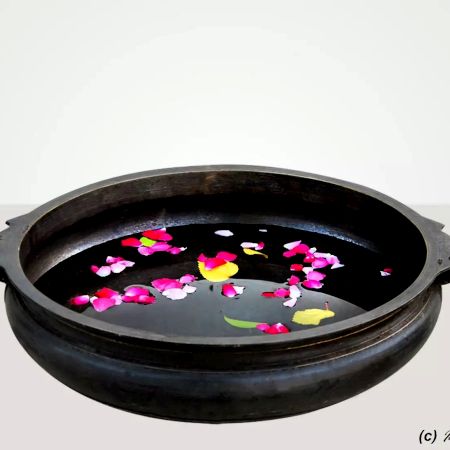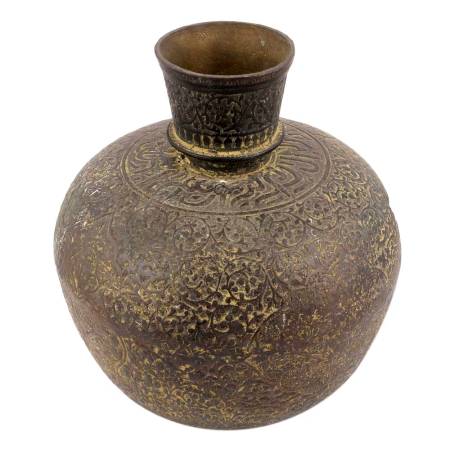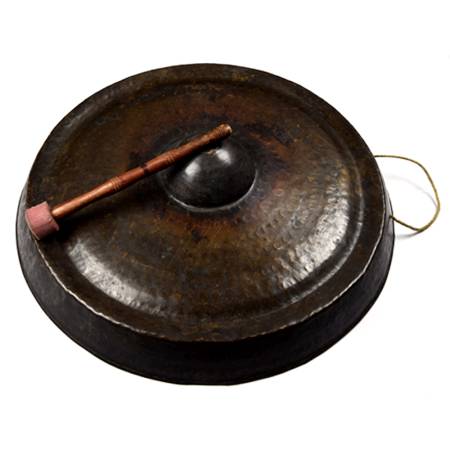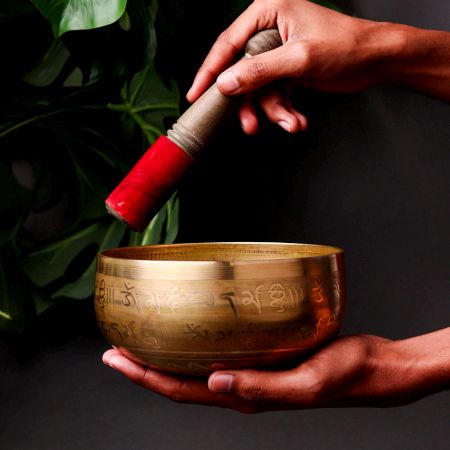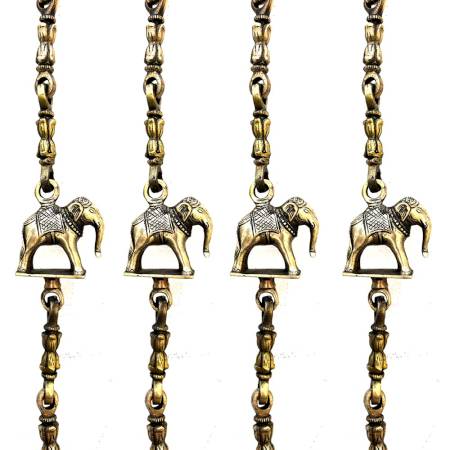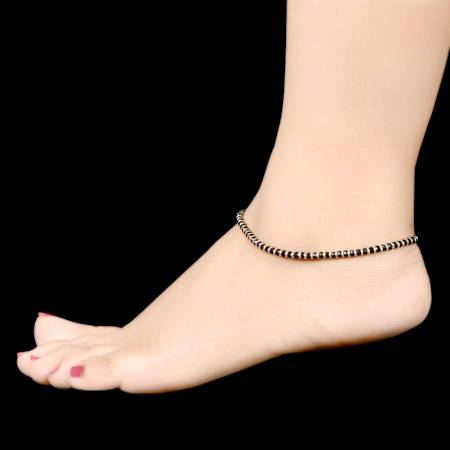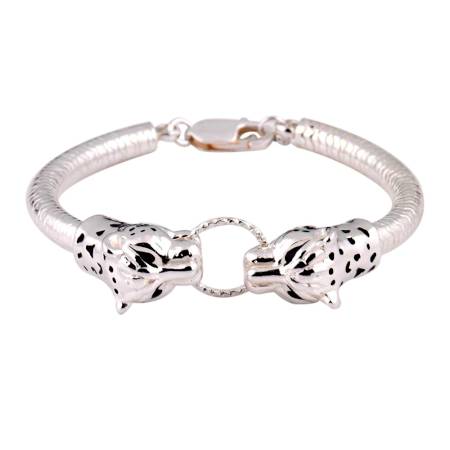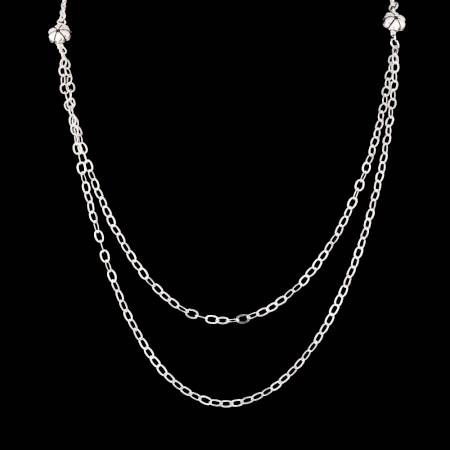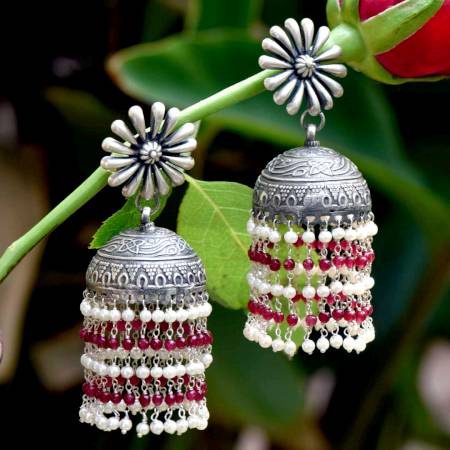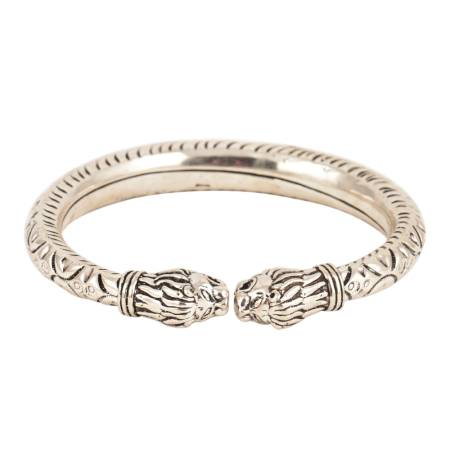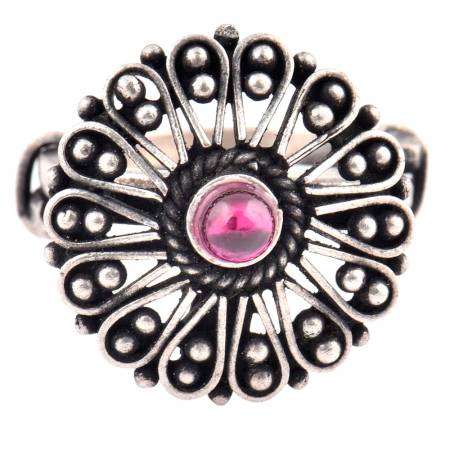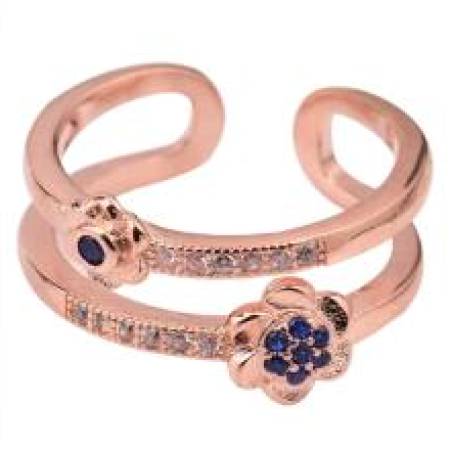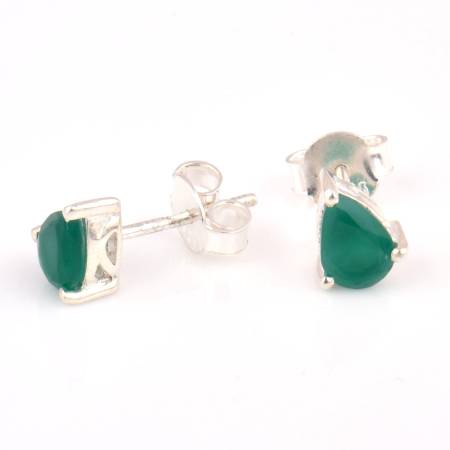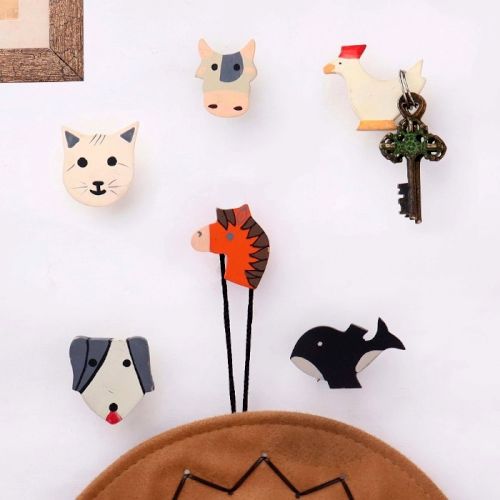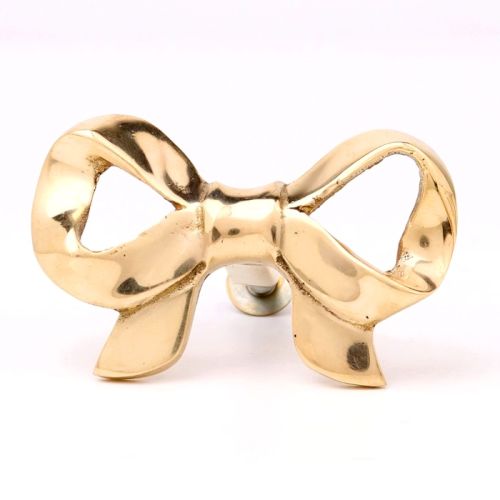Glass Oil Lamp
A glass oil lamp is a classic lighting device that uses oil as its fuel source to produce light. It typically features a transparent or decorative glass reservoir that holds the oil, a wick that draws the oil up to the flame, and a burner assembly that allows for the adjustment of the wick to control the flame size. The lamp often includes a glass chimney or shade that helps protect the flame from drafts and directs the light. Glass oil lamps are valued for their warm, ambient glow and ability to add elegance and nostalgia to any space. They are versatile, serving both practical purposes—such as providing light during power outages—and decorative functions, enhancing the aesthetic appeal of the home interior.
What is a glass oil lamp used for?
Glass oil lamps are used primarily to provide light. They can be functional in power outages or areas without electricity, offering a reliable illumination source. Beyond their practical use, they are also famous for their aesthetic appeal, adding a warm, nostalgic ambiance to a space. Many people use them for decorative purposes, in settings like romantic dinners or historical-themed events, as they evoke a sense of tradition and charm.
How do you fill a glass oil lamp with oil?
To fill a glass oil lamp with oil, start by ensuring the lamp is turned off and cool. Carefully remove the chimney and wick assembly from the lamp. Use a funnel to pour refined lamp oil or kerosene into the lamp’s reservoir, taking care not to overfill. Leave a small amount of space at the top to expand and prevent spillage. Once filled, replace the wick and chimney, ensuring the wick is positioned correctly and extends slightly above the chimney. It’s essential to let the wick absorb the oil for a few minutes before lighting.
What type of oil is best for use in a glass oil lamp?
The best oil for glass oil lamps is typically a refined lamp oil, which is specifically designed for use in oil lamps and burns cleanly, producing minimal soot and odor. It’s clear and less likely to leave a residue. Alternatives include kerosene, which is more economical but can produce more smoke and smell, or vegetable oil, which is less common but can be used in some lamps. Avoid using essential or unrefined oils, which can clog the wick and cause incomplete combustion.
How do you light a glass oil lamp?
First, to light a glass oil lamp, ensure the wick is adjusted correctly so that a small portion is exposed above the chimney. Use a long match or a long-handled lighter to ignite the wick. Hold the match or lighter close to the wick and light it carefully, avoiding direct contact with the oil. Once the wick is lit, adjust the flame to your desired level by raising or lowering the wick using the adjustment mechanism. Ensure the lamp is placed on a stable, heat-resistant surface away from flammable materials.
How can a glass oil lamp be extinguished safely?
To safely extinguish a glass oil lamp, gently turn the wick down so it is submerged in the oil. This will cut off the oxygen supply to the flame, causing it to go out. Never blow on the flame, as this can cause the hot oil to splash. After extinguishing the flame, allow the lamp to cool before handling it. If the lamp is equipped with a snuffer or a wick-dimmer, you can use it to put out the flame more precisely and safely.
Can you use essential oils in a glass oil lamp?
Essential oils are generally not recommended for use in glass oil lamps. They can clog the wick and disrupt the lamp’s functionality. Essential oils are not designed to burn cleanly in oil lamps and may produce excessive smoke or damage the lamp. It is best to use lamp oil or kerosene, specifically formulated to burn efficiently and cleanly in oil lamps.
What should you do if the wick in a glass oil lamp is burnt out?
If the wick in your glass oil lamp is burnt out, replace it with a new one. First, ensure that the lamp is empty and cool. Remove the old wick from the wick holder or assembly. Insert a new wick of the appropriate size for your lamp into the holder. Adjust the new wick so that it extends slightly above the chimney. Before lighting, let the new wick absorb the oil for a few minutes to ensure a steady burn. If you're unsure about the wick size, consult the lamp's manual or a professional for guidance.
Are glass oil lamps safe to use indoors?
Glass oil lamps are generally safe indoors if certain precautions are followed. Place the lamp on a stable, heat-resistant surface away from flammable materials such as curtains, paper, or cloth. Ensure proper ventilation to avoid a buildup of fumes. Never leave a lit lamp unattended, and keep it out of reach of children and pets. These safety measures, along with regular maintenance, including trimming the wick and cleaning the lamp, help ensure safe operation and provide homeowners with a sense of security.
How can you prevent soot build-up in a glass oil lamp?
To prevent soot build-up in a glass oil lamp, use high-quality lamp oil or kerosene formulated to burn cleanly. Ensure the wick is trimmed to the proper length, typically just above the chimney, to promote a clean burn and minimize soot production. Adjust the wick to maintain a steady flame and avoid burning it too high. Regular cleaning of the lamp, including the wick and chimney, helps prevent soot accumulation and ensures optimal performance.
How to Clean a Glass Oil Lamp?
Before cleaning, make sure the lamp is turned off, cool, and empty of oil. Remove the chimney and wick assembly from the lamp.
Carefully take apart the lamp by removing the glass components from the base. This usually involves separating the chimney from the burner and wick assembly.
Wash the glass parts, including the chimney and reservoir, with warm, soapy water. Use a soft cloth or sponge to remove any soot or residue. For stubborn stains, a mixture of baking soda and water can be used.
Wipe the wick and burner with a damp cloth to remove any oil residue. If needed, use a mild cleaner, but avoid submerging the wick assembly in water.
After cleaning, dry all parts thoroughly with a soft, dry cloth. Ensure there is no moisture left before reassembling the lamp.
Once all components are dry, reassemble the lamp, ensuring the wick is properly positioned and the chimney is securely in place.
How often should you clean a glass oil lamp?
Glass oil lamps should be cleaned regularly to ensure proper operation and to maintain their appearance. Ideally, clean the lamp every few weeks or whenever you notice a build-up of soot or residue. To clean, first, make sure the lamp is cool and empty. Remove the chimney and wick assembly. Wash the glass parts with warm, soapy water and a soft cloth or sponge. For stubborn soot, you may need to use a non-abrasive cleaner. Dry all components thoroughly before reassembling and refilling the lamp.
How to Take Care of a Glass Oil Lamp?
- Clean the lamp every few weeks or whenever you notice build-up or residue. Regular maintenance helps ensure optimal performance and longevity.
- Use high-quality lamp oil to avoid soot build-up and maintain clean-burning. Avoid using essential oils or unrefined oils that can damage the lamp or wick.
- Trim the wick regularly to maintain a steady flame and prevent smoking. A well-trimmed wick ensures a clean burn and extends the life of the wick.
- When not in use, store the lamp in a cool, dry place. Avoid exposing it to extreme temperatures or direct sunlight to prevent damage to the glass.
- Handle the lamp carefully to avoid breaking the glass. Always place it on a stable, heat-resistant surface to prevent tipping or accidents.
Where we can Place a Glass Oil Lamp?
- Stable Surface: To prevent the lamp from tipping over, place it on a stable, flat surface. This can be a sturdy and secure table, shelf, or mantel.
- Away from Flammable Materials: Ensure the lamp is positioned away from curtains, paper, cloth, or any other flammable materials to avoid fire hazards.
- Ventilated Areas: For safety, use the lamp in well-ventilated areas to avoid the build-up of fumes. Proper airflow helps maintain a clean burn and reduces smoke.
- Decorative Placement: Glass oil lamps can also be used as decorative pieces. They work well in living rooms, dining areas, or outdoor spaces like patios, where their warm light adds ambiance.

